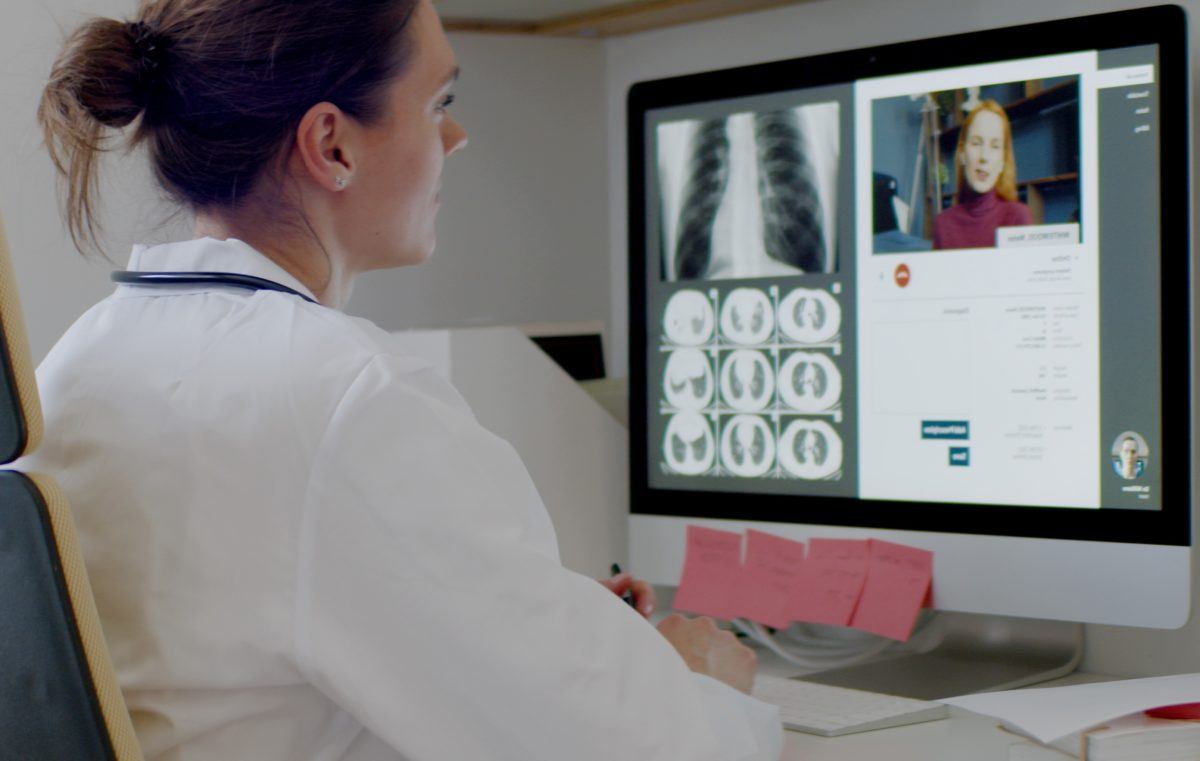Electronic Health Record (EHR) systems are revolutionizing the collection and compilation of patient medical data. Never before has it been so quick and simple for healthcare professionals to have clear and accurate patient information readily available any time or any place.
With a great promise for family physicians and large medical facilities, a well-designed system can improve patient care and streamline efficiency. However, EHR systems bring with them a learning curve that must be understood in order to enable their full potential.
Here’s how to avoid some of the most common pitfalls associated with EHR systems.
Prepare for Change
The implementation of any Hospital Information System requires commitment on the side of the vendor and the hospital. The hospital must be prepared to provide rapid turnaround of information and be committed to the success of the project at all levels. In turn, the vendor must fully understand and assess the needs of the hospital. Identifying hospital key players at the start who are ready and willing to be change leaders, and rally the necessary staff and resources, will pave the way for a successful implementation.
Consider what can help staff embrace an EHR system:
- Be clear how the EHR system will improve job performance & patient care
- Involve key personnel in workflow definition and in feedback as the system is tested
- Hear & address concerns early
- Maintain an atmosphere of cooperation & trust
EHR Implementation Planning
Implementation should be handled methodically with careful attention to detail and include the right team from the start. Plan to do the implementation in phases to allow for learning along the way. Attempting to implement every department at once can easily lead to failure.
First, assess your current operations, including: As creatures of habit, it can be easy to get stuck in doing things a certain way simply because that’s how it’s always been done. It is worth taking a fresh look at workflows to make sure they are in line with what you want to automate. These include:
- Workflows
Any reputable EHR should be able to accommodate your workflows and not impose a pre-defined workflow on your organization. Automating the family workflow will help greatly with training, which is covered below.
- Documentation
- Reports—Identify data needed for reports so it is captured in the EHR as an integral part of the workflow.
- Clinical Records—Analyzing clinical records kept in a patient chart reveals which data fields are already contained in the EHR system and which need to be added. With HarmoniMD’s proprietary Electronic Clinical Document system, additional data is easily and seamlessly incorporated into the system.
Needs for connectivity to other software systems used, such as an LIS (Laboratory Information System), a billing system, etc.
Next, define the first phase of the implementation. Choosing a department where the workflow is clear and the staff is ready and willing to embrace changes is a great way to go. By choosing a department, concepts can be tested in real time, modifications can be made, and these learnings can be applied to future phases of the implementation.
Proficient Hospital Staff Training
To ensure administrative and medical staff are in compliance with the new EHR system, it is important to have a well-defined training plan. he level of training provided to your staff will be instrumental in determining how smoothly the transition to using the EHR system will be. It is important to both set aside adequate time to ensure every staff member is fully able to utilize and navigate your new EHR system, as well as to identify both a physician and nurse as a superuser on each shift who can serve as a support person for their peers to consult with questions.
As one the most reported frustrations by physicians and nurses, data entry on an EHR system must be intuitive and in line with your required workflow. Every staff member should be able to perform every one of their daily tasks with ease before going live with your EHR system.
Accurate Data Conversion
Regardless of whether your current system is on paper, in some electronic form, or a combination of both, moving, altering, and repopulating an exceedingly high volume of data from one system to the next is a complex process and not always necessary. Sometimes, just converting patient demographics will suffice. Converting outdated or duplicate information could result in moving what is essentially considered “bad data” into your new system, causing problems right out of the gate.
While requiring more time initially, to preserve data integrity it is important to thoroughly review and assess existing databases (and, if applicable, paper files) to decide which data is mission-critical for conversion before conducting the transfer process.
Successful Implementation of Electronic Health Records
Anticipating and planning for any roadblocks that may occur during the implementation of your EHR system is paramount to your success. Costly delays and restricted productivity can easily be avoided with a little foresight and the support of an acclaimed hospital management system vendor like HarmoniMD.
HarmoniMD is designed to help hospitals of any size improve their standard of care. Transform the way your hospital operates and learn about the many ways we can help by contacting us today!


